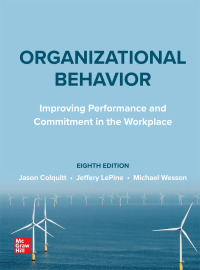Ted Cowan is a model employee. He has not missed a day of work in the last five years. He even forfeits his vacation time to make sure that things run smoothly. Ted literally does the work of two people. He started out working as the purchasing agent in charge of buying raw materials for a small manufacturing company. Approximately five years ago the inventory control agent in the receiving department resigned. Ted agreed to assume the duties of the control agent until a replacement could be hired. After all, Ted said that he knew what was supposed to be delivered to the company because as the purchasing agent he had been the person who placed orders for the inventory purchases. Ted did such a good job that the company never got around to hiring a replacement. Ted received the employee of the year award five out of the last six years. Ted is also very active in his community. He works with underprivileged children. His weekends are always filled with community service. Indeed, his commitment to social consciousness is described by some people as bordering on fanatical. Ted recently had a serious heart attack. People said that he had overworked himself. His hospital room was filled with flowers and a steady stream of friends visited him. So, people were in shock when Ted was charged with embezzlement. Ultimately, it was revealed that while Ted was in the hospital his replacement discovered that Ted had been purchasing excess quantities of raw materials. He then sold the extra materials and kept the money for himself. This became apparent when the companies to whom Ted had been selling the excess materials called to place new orders. It was difficult to determine the extent of the embezzlement. After the accounting department paid for Ted's excess purchases, he would remove the paid voucher forms from the accounting files and destroy them. Since the forms were not numbered, it was impossible to determine how many of the paid forms were missing. At his trial, Ted's only explanation was: "I did it for the children. They needed the money far more than the company needed it." Required a. If the internal control procedures discussed in Chapter 4 had been followed, this embezzlement could have been avoided. Name the internal control procedures that were violated in this case. b. Identify the specific components of the fraud triangle that were present in this case







